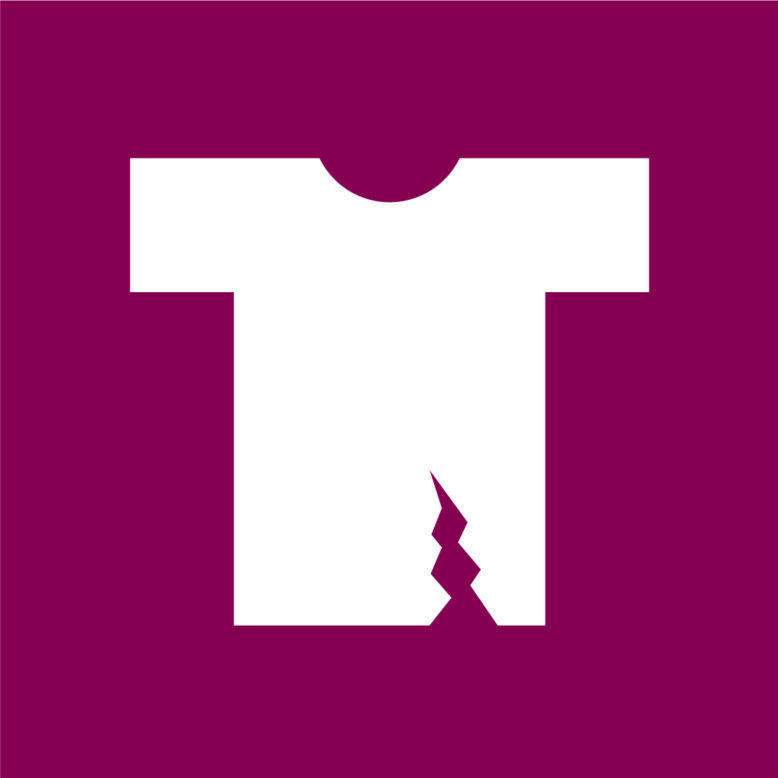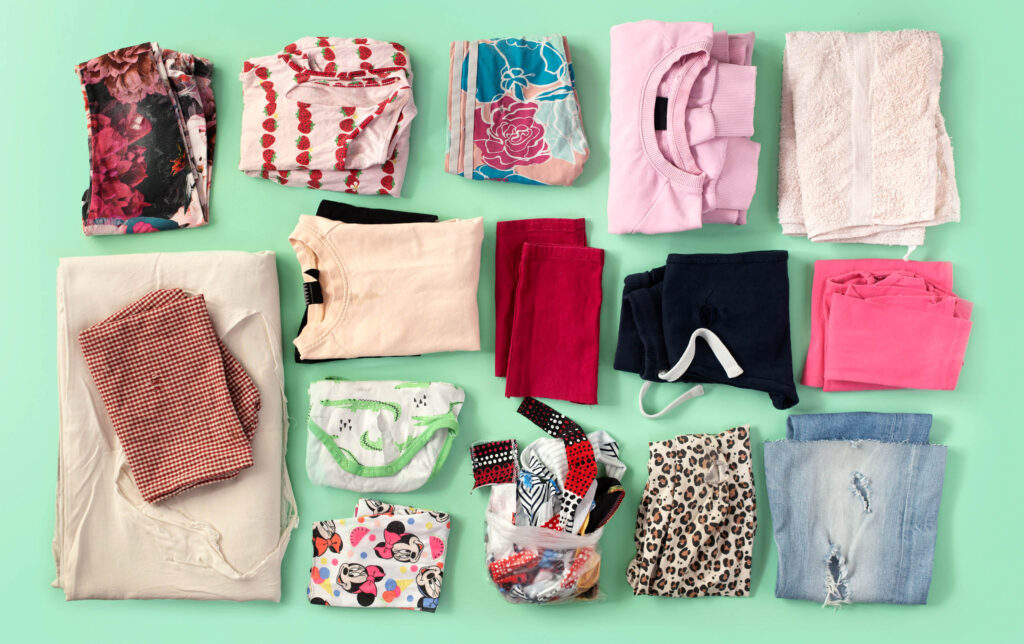
Clothing and textiles
First and foremost, try to mend, sell or give away your clothing and textiles.

To reduce clothing waste, it’s worth reflecting on your own consumption habits. Buy clothes only when needed and invest in quality, which extends the lifespan of the garment. Buying second-hand is also an environmentally friendly act. Repair, restore, and recycle your existing clothes. Old textiles can also be reused as cleaning cloths or rag rugs.
Usable, intact, and clean textiles and clothing can be donated to aid organizations such as Toivon Tähti, Hope, or the Red Cross. The locations of UFF’s clothing collection containers can be found on the map on UFF’s website by entering your municipality (in Finnish). Minimossen also accepts usable clothing and household textiles.
Local animal welfare organizations, such as Koiratarha Kulkuri or Kissatalo, often accept donations of blankets, rugs, and towels to use as bedding for animals.
End-of-life textiles
End-of-life textiles are unusable, torn, or worn-out clothing and household textiles. End-of-life textiles are collected at all Stormossen’s waste reception stations, Minimossen and at the GW galleria mall in Kivihaka.

End-of-life textiles are all dry, washed, and unusable clothing and household textiles, such as:
-
- Jackets, trousers, skirts, and shirts
-
- Linen, towels, and tablecloths
Clean sewing scraps, patches, and threads are also suitable for textile collection as long as they are packed in a separate plastic bag from other textiles.
Please note that textiles must be dry and packed in sealed plastic bags or sacks to prevent them from becoming dirty and wet. Be careful not to fill the bag completely, so that it fits better in the collection box for end-of-life textiles.
Textile is a delicate material that can easily become damaged and, in that case, cannot be recycled. The plastic bag protects the textiles from dirt and moisture, such as condensation that can form in outdoor containers. If even a small portion of the clothes are contaminated, the entire batch can become ruined. Remember to seal the bag tightly. You can also use two plastic bags, one over the other, for extra protection.
-
- Underwear, socks, and pantyhose
-
- Pillows, blankets, padding, and stuffed toys
-
- Carpets
-
- Bags, belts, shoes, and rainwear
-
- Damp, mouldy, insect-infested, or strong-smelling textiles
Give away items that are in good shape and sort the rest as mixed waste.
The textiles from Stormossen’s operating area are sorted in an industrial hall at Lintuvuori. From there, some of the textiles go to Minimossen and some to Westenergy’s energy plant. Most of the textiles are transported to the textile recycling plant in Paimio where they are teared mechanically into recycled fiber, which can be used as raw material for new products like yarn and towels.
